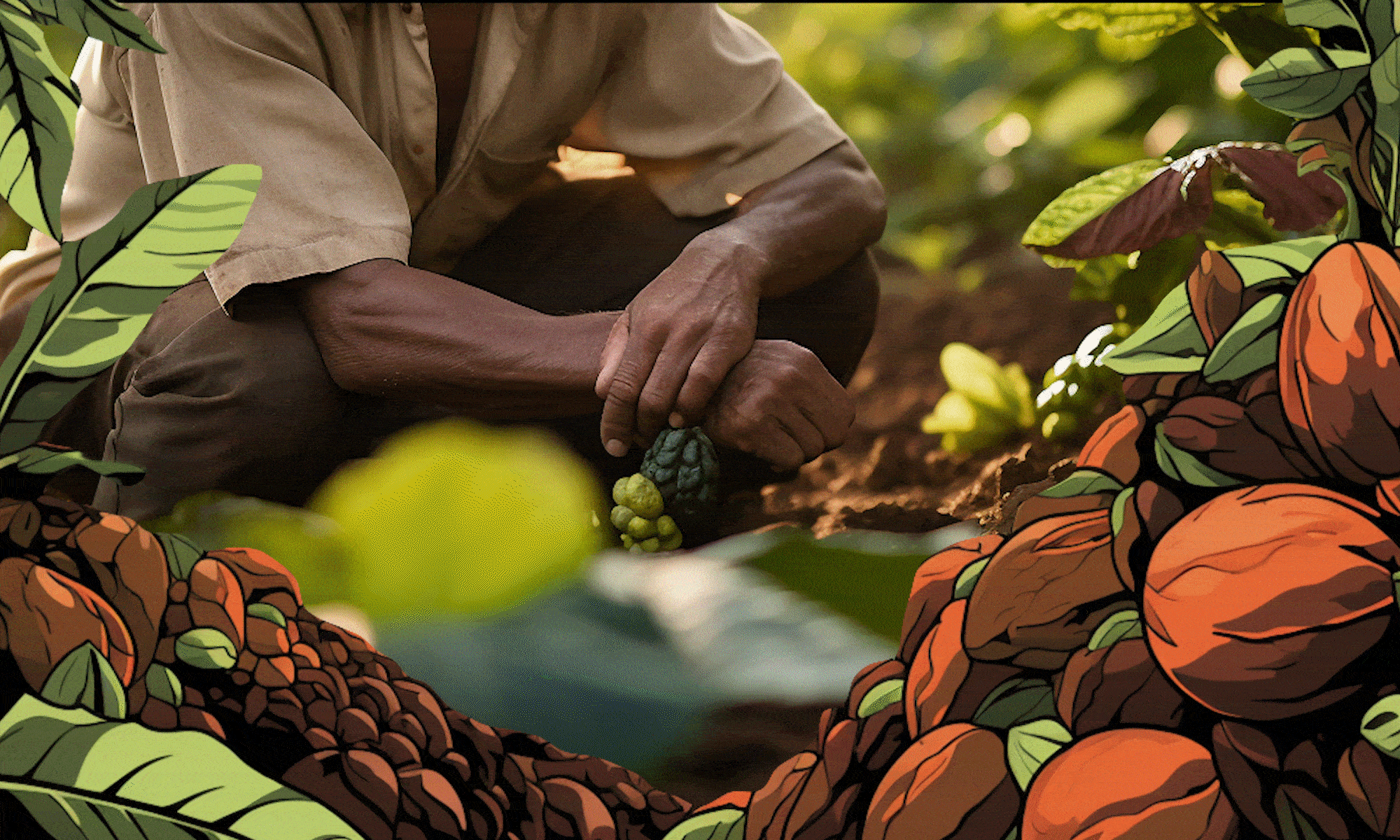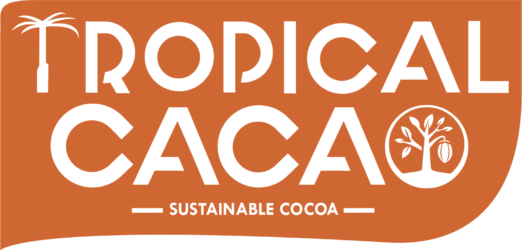Climate is a critical factor in cacao farming, directly affecting tree growth, bean quality, and overall yield. As a tropical crop, cacao thrives in specific environmental conditions. Understanding how climate influences cacao farming is essential for producing high-quality chocolate and addressing challenges posed by climate change.
Ideal Climate for Cacao Farming
Cacao trees require consistent tropical climates to grow effectively. The following conditions are crucial for their development:
Temperature
Optimal Range: Cacao trees grow best in temperatures between 21°C and 32°C (70°F–90°F).
Impact of Extremes: Prolonged heat or cold stress can damage trees and reduce yields.
Rainfall
Annual Requirement: Cacao trees need 1,000–2,500 mm of rainfall per year.
Seasonal Balance: A balance between wet and dry seasons supports flowering and pod development.
Humidity
Preference: High humidity levels (70%–100%) are ideal for cacao growth.
Dry Conditions: Excessive dryness can cause stress and lower productivity.
Shade
Role of Agroforestry: Cacao trees flourish under shade provided by taller plants, mimicking their natural rainforest environment.
The Role of Climate in Chocolate Flavor
The flavor of cacao beans is heavily influenced by the climate in which they are grown, contributing to the distinct taste of chocolate from different regions.
Terroir and Flavor Profiles
Hot, Humid Climates: Enhance fruity and floral notes.
Cooler, Shaded Areas: May develop earthy or nutty flavors.
The unique combination of local climate and soil is often referred to as the “terroir” of cacao.
Challenges Posed by Climate Change
Climate change is one of the biggest threats to cacao farming. Shifts in temperature, rainfall patterns, and extreme weather events are already impacting production.
Key Challenges:
- Rising Temperatures: Higher temperatures can lead to heat stress, reducing yields.
- Unpredictable Rainfall: Droughts or excessive rains disrupt the cacao growth cycle.
- Increased Pests and Diseases: Warmer conditions favor pests like cocoa pod borers and diseases like black pod rot.
Adapting to Climate Challenges
At Tropical Cacao, we are committed to helping farmers adapt to climate change through innovative practices and sustainable solutions.
Strategies for Resilience:
Shade Management: Planting shade trees reduces heat stress and conserves soil moisture.
Water Conservation: Techniques like rainwater harvesting ensure consistent water supply during dry periods.
Diversified Planting: Growing multiple crops alongside cacao protects against total crop loss.
Climate-Smart Practices: Training farmers to implement sustainable methods tailored to changing conditions.
Supporting Cacao Farmers in a Changing Climate
Farmers are on the front lines of climate change and need support to adapt successfully. Tropical Cacao partners with local communities to:
Provide Resources: Access to drought-resistant cacao varieties and sustainable farming tools.
Offer Training: Education on agroforestry and water management techniques.
Promote Research: Investing in studies to understand how cacao can thrive under changing conditions.
Conclusion
The climate plays a vital role in cacao farming and chocolate production, influencing everything from tree health to bean flavor. As the effects of climate change grow, supporting sustainable and adaptive practices is essential for the future of cacao farming.
Learn more about how we’re helping cacao farmers adapt at Tropical Cacao.

